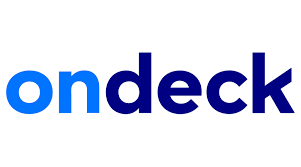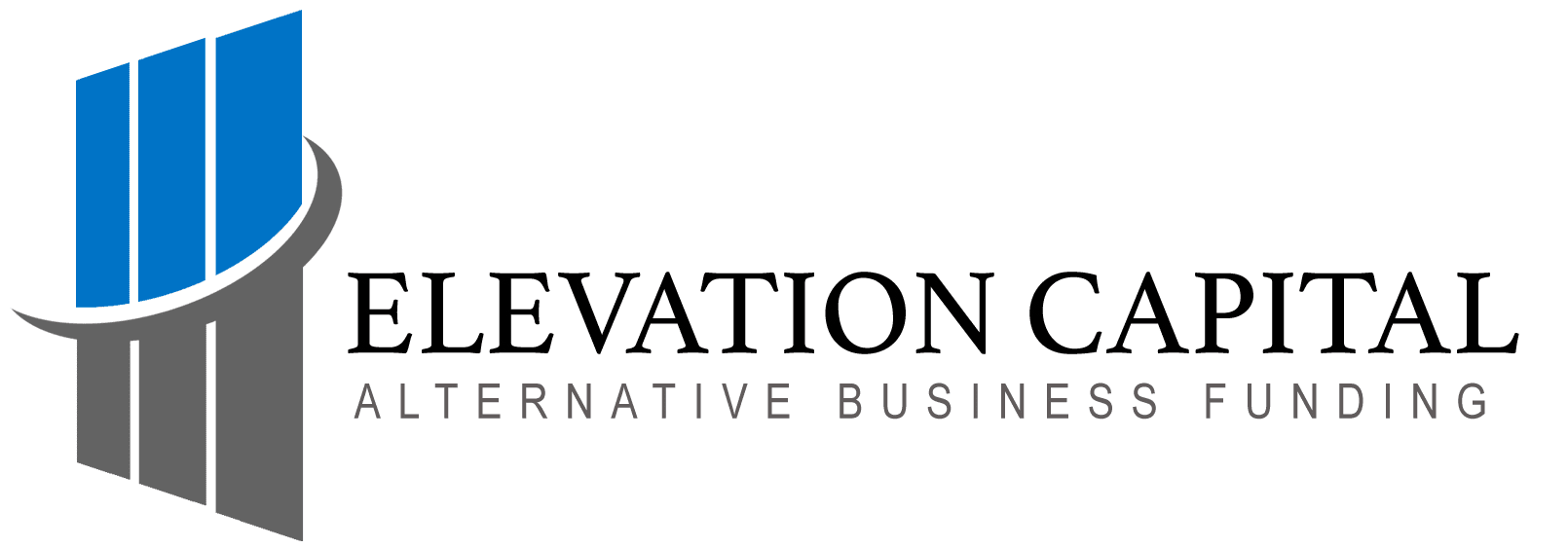What Is a No-Doc Business Loan?
While no-doc business loans may be mere illusions, some lenders do offer loans with streamlined paperwork that are commonly referred to as no-doc or low-doc loans. No-doc loan applications often just ask for basic financial information like your credit score, bank account statements or historical tax returns. The decision process for no-doc loans is fast, but application simplicity and speed come at the cost of higher rates and tighter terms.
Types of no-doc business loans
Here are some types of no-doc or low-doc small business loan and financing options that feature reduced paperwork:
Short-term business loans
Online or alternative lenders may offer low or no-doc short-term loans requiring much less borrower documentation than traditional lenders like banks and credit unions. Many of these no-doc loans are unsecured, meaning collateral isn’t required, which also reduces documentation.
Short-term loans have a fixed term length ranging from a few months to a few years. Loan amounts start at a few thousand dollars and can reach as high as $100,000, depending on the lender’s criteria and borrower qualifications. Minimum payments often begin as soon as the day after the loan is funded and continue throughout the term of the loan. Lenders may deduct payments automatically from your bank account.
Documents required: expect online lenders to request basic documents such as bank statements or tax returns. They might also run a credit report and request a personal guarantee from the business owner(s).
Business line of credit
A business line of credit is a flexible form of financing that a business can draw from as needed instead of borrowing a lump sum. You’ll only pay interest on the amount you use, which is great if you need less than you expected or you’re able to pay it back faster than the repayment term, which is typically between 6 and 18 months.
Documents required: Expect lenders to ask for a combination of simple documents like bank statements, proof of business operations (e.g., credit card sales) or a list of assets. Lenders may also run a credit report to help determine your creditworthiness.
Invoice factoring
Invoice factoring involves selling your unpaid customer invoices to a specialized finance company called a factor instead of waiting for your customers to pay you. Factoring provides business owners with fast cash and saves them the time and effort of collecting money. The factor charges a fee calculated as a discount on the value of the invoices they buy.
Factors care more about your customers’ creditworthiness than yours, since the factor plans to get repaid by your customers. As a result, factoring terms are most attractive if you have reputable customers like corporations or the government. Keep in mind that you will likely still be on the hook for repaying the factor if the invoices are determined to be uncollectible after the payment due deadline, which is typically 30 to 90 days after invoicing.
Documents required: Factors want to see a sample of your customer invoices to estimate how risky and time consuming it will be to collect payment.
Merchant cash advance
A merchant cash advance (MCA) works differently than other types of financing: Businesses receive funding in a lump sum and then pay back the advance plus fees over the next few months with a portion of their ongoing credit and debit card sales.
MCA lenders typically collect payments daily or weekly directly from the borrower’s credit or debit card processing account or bank. Like other loans for bad-credit borrowers, MCAs carry very high interest rates, but are an option for businesses with poor credit that urgently need funding.
Documents required: The MCA lender needs documentation of your credit and debit card sales history with statements from your card processors and banks.
What banks offer no-doc business loans?
No-doc business loans are generally offered by online, alternative lenders who specialize in loans for bad credit borrowers and others that struggle to qualify for a traditional loan. These no-doc lenders provide loans to startups, businesses with bad credit and businesses whose urgent need for funding outweighs the high interest rates and harsher repayment terms. Banks and credit unions are unlikely to offer no-doc business loans, and Small Business Administration (SBA) loans, which are offered through traditional lenders, require extensive documentation.
Here are some examples of alternative lenders from our best small business loans page:
| Lender | Type of Financing | Min Credit Score | Max Loan Amount | Min Time in Business | |
|---|---|---|---|---|---|
 | Short-term business loans | 625 | $250,000 | 1 year | Get business loan offers |
| Line of Credit | 625 | $250,000 | 2 years | Get business loan offers | |
 | Invoice Factoring | 550 | $10,000,000 | 6 months | Get business loan offers |
| MCA | 525 | $400,000 | 6 months | Get business loan offers |
How to get a no-doc business loan
To find a no-doc business loan you’ll need to narrow down your choices online. First analyze your own qualifications: credit score, length of business history, credit and debit card sales volume and strength of major customers. Also, get a realistic estimate of how much money you need and how fast you need it.
Next, find lenders whose offerings fit your situation. Compare offers on:
- Interest rates
- Fees
- Speed of funding
- Timeframe for repayment

Pros and cons of no-doc business loans
| Pros | Cons |
|---|---|
Receive funding more quickly than traditional loans Apply for loans without extensive documentation Lenders may be more likely to work with bad credit | Higher interest rates and less favorable repayment terms May require granting access to business accounts or software Often have lower funding amounts than traditional loans |
Alternatives to no-doc business loans
- Microloans are loans of very small size; for practical purposes, most microlending programs focus on underrepresented or disadvantaged communities or populations and businesses that serve them.
- Bootstrapping means funding your business through your own sales and savings rather than borrowing money.
- Personal loans are based on an individual’s credit and assets; examples include credit cards, mortgages and home equity lines.
- Crowdfunding works through peer-to-peer (P2P) platforms where you publish a campaign explaining your business, hoping to catch the interest of individuals willing to lend to it.
- SBA loans are made by traditional lenders to borrowers who meet the criteria for an SBA guarantee. Documentation is more extensive and approval time is longer than standard business loans, but, if approved, the rates and terms can be very favorable for small businesses.
Frequently asked questions
No-doc business loans may help if your credit score or lack of credit history could make it hard to get a business loan. But if you can meet the requirements for one, you may find better rates and longer repayment terms with standard loan products.
Minimum credit score depends on the lender and the type of no-doc loan. Unsecured short-term business loans and revolving lines of credit may require credit scores of 600+, but invoice factoring and MCAs place less importance on borrower credit score.
An Employer Identification Number (EIN) is an identification number for your business. Businesses that hire employees, file certain types of federal tax returns, work with certain types of organizations or are set up as corporations or partnerships, in addition to other criteria, must have an EIN to comply with federal law. An EIN may be needed to open a bank account, depending on how the business is structured. Developing a business credit history is more easily done with an EIN than without one since it provides some delineation between your personal and business finances. However, just having an EIN won’t qualify you for a no-doc business loan — you will need to show an ability to repay the debt.


